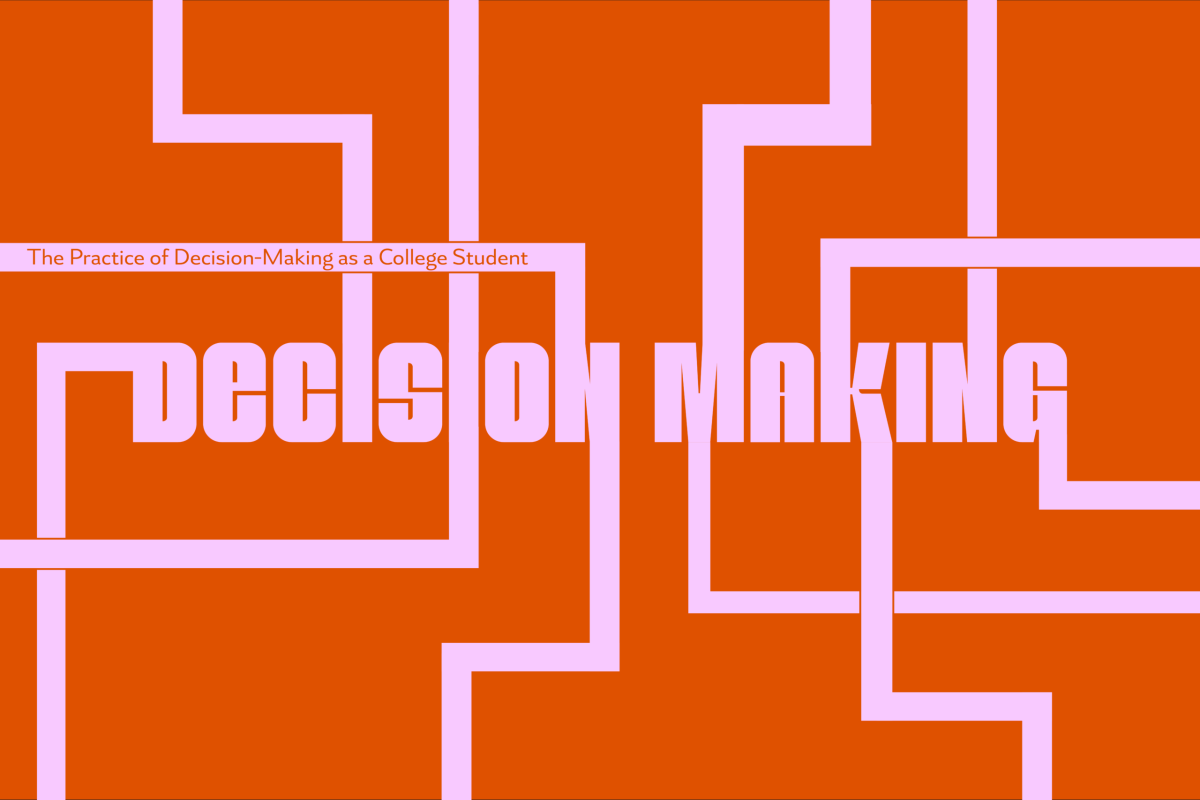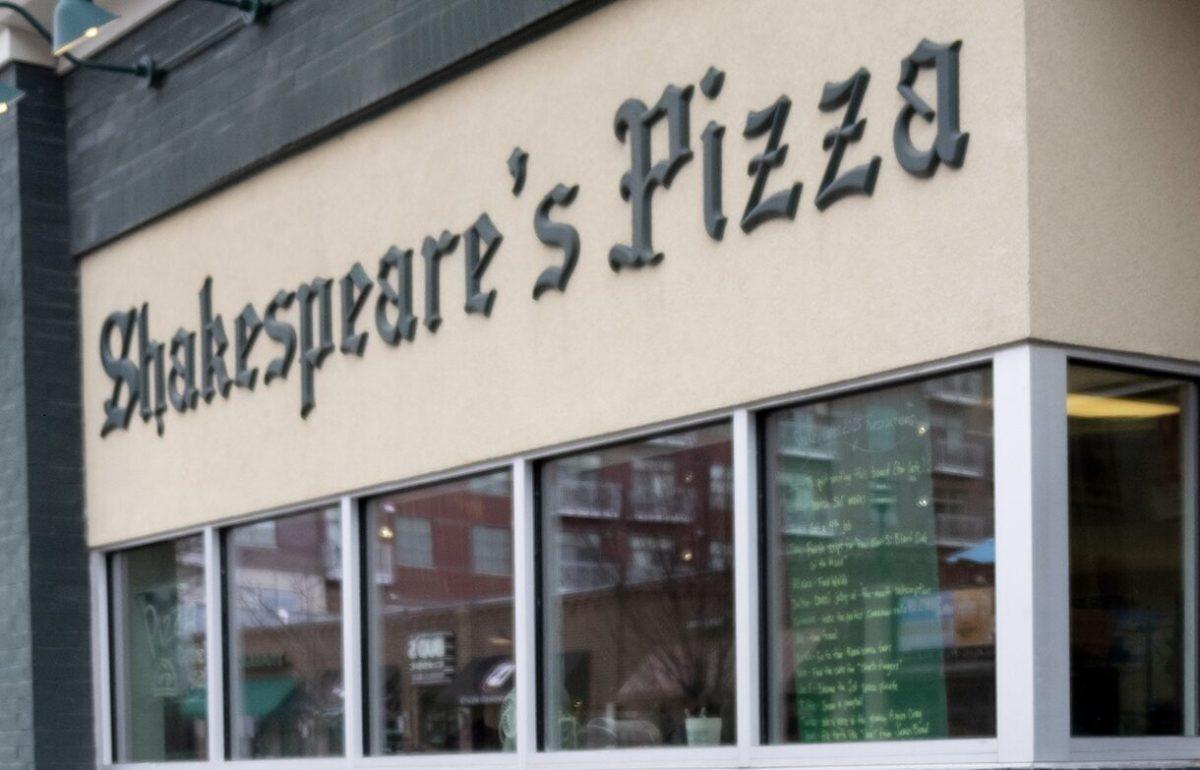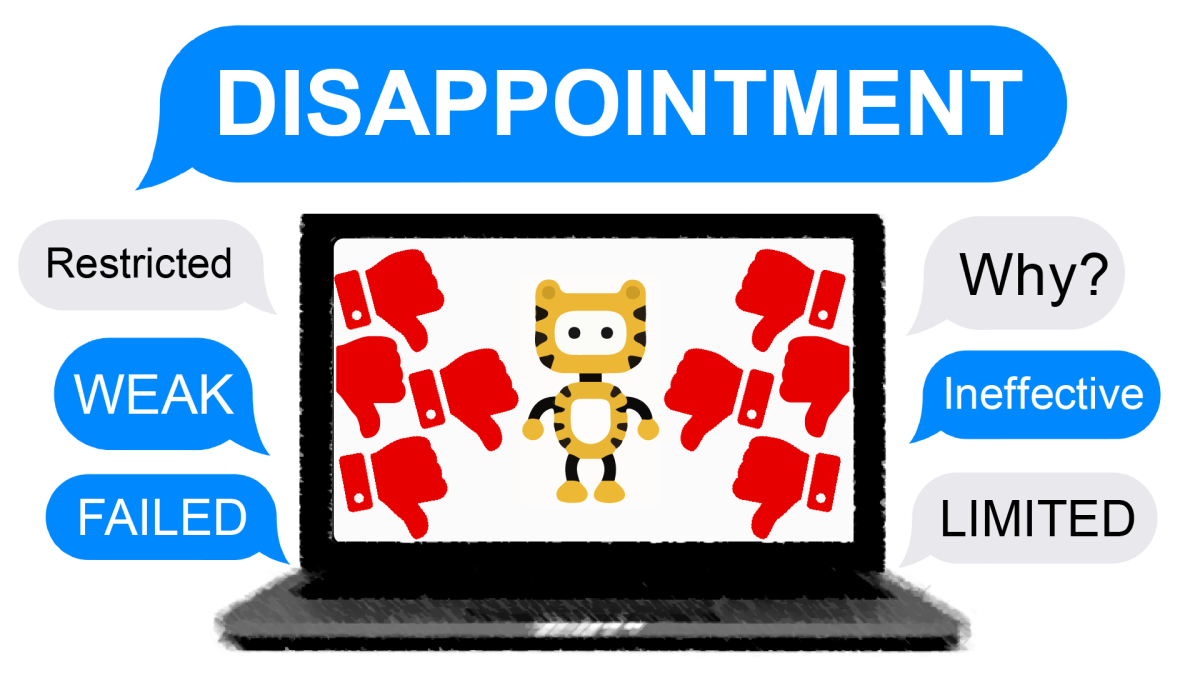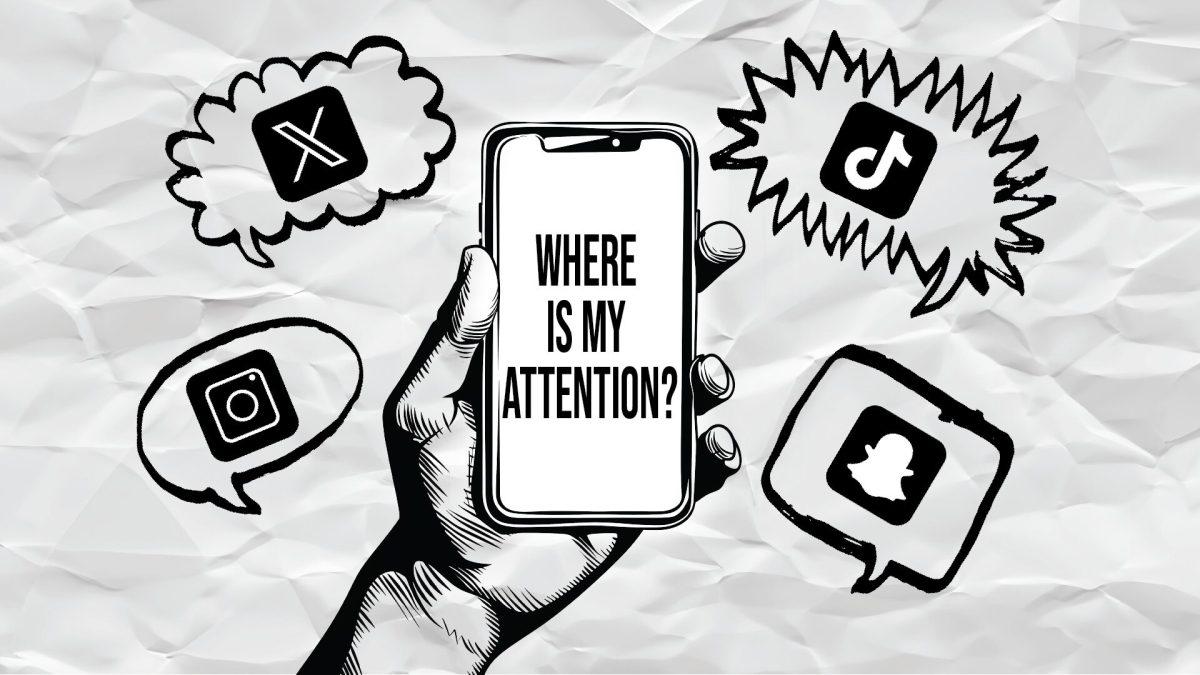_Roshae Hemmings is a first year journalism major at MU. She is an opinion columnist who writes about civil rights._
Media outlets were ablaze on Jan. 29 with the news of an attack on musician and actor Jussie Smollett. The alleged attack, which happened a week after Smollett received a threatening letter, took place at around 2 a.m. The “Empire” actor claimed two men shouted racist and homophobic slurs, poured a chemical substance on him and wrapped a noose around his neck. Smollett also told detectives that they yelled, “This is MAGA country.”
The news rocked social media, with fans and celebrities alike speaking out in support of Smollett and against the hate that continues to plague this country. Along with supporters, there were also individuals that gave Smollett’s story some push back. Skeptics questioned why Smollett was out at 2 a.m — especially considering that the attack was in the midst of a polar vortex, why he kept the noose around his neck while waiting for the police and why he refused to hand over his phone to the authorities.
Questions about Smollett’s honesty continued to arise, despite his interview with ABC News on Feb. 14, where he claimed that “it feels like if I had said it was a Muslim, or a Mexican, or someone black, I feel like the doubters would have supported me much more. A lot more.”
Fast forward to the Feb.17 and things have gotten a bit convoluted. Chicago police questioned the persons of interest seen in the surveillance video: two Nigerian brothers who claimed Smollett paid them to participate in the attack.
Smollett soon after turned himself in to face the felony charge against him and it was revealed that not only did he send the threatening letter to himself, but he did so to receive better pay for his work on “Empire.”
The whirlwind story had people on the edge of their seats and glued to their phones, anxiously awaiting more information. When news seemed to confirm that it was in fact a hoax, various camps split up to give their 2 cents on Smollett and what he had done.
There are people who still adamantly stand by Smollett and the belief that he was attacked, those that are ready to retract their support for him, those that are disappointed in Smollett but not totally trusting of Chicago P.D., and people, like myself, who are kinda watching all of it thinking “what the is happening?”
The story is, in fact, a mess and to me there is no way that it can’t not be a hoax at this point. Working off the assumption (read: evidence) that it is a hoax, there are several problems with Smollett’s motives and the way in which the media has been interpreting this story.
First, why did Smollett think staging the attack was a good idea? Prior to hearing Smollett’s motives behind staging this whole debacle, part of me thought that he could have done all of this to bring attention to the hate against marginalized groups of people in this country. Was this a great way to do it? No, of course not. The staged attack works to discredit the work that Smollett has done for the community as well as future victims of hate crimes.
Given his resources, he could have created a social media campaign to highlight and help combat hate crimes in the country, specifically as it pertains to LGBTQ people of color. However, the fact that this was done to potentially increase his pay is not only selfish, but works invalidate the work that he has done for the community in the past.
Whether people want to admit it or not, there will be individuals that will use this case as a reference when justifying why they don’t believe victims of future hate crimes. Throughout this almost monthlong disaster, Smollett’s actions have been potentially damaging to the communities that he has worked to protect, while potentially emboldening one that he has been so vocal against.
The media plays an important role in this situation as well. The media and journalists are who we, as citizens and community members, look to to when it comes to factual and informed reporting on a story, no matter how big or small.
The media’s ability to work alongside authorities to consistently verify reports is not only integral to building trust, but also helps us to become more informed and form our own opinions and takeaways from a story.
Here’s the thing, though: If the media isn’t doing their job properly, then everything then facts can get misconstrued, and that’s what happened here with the Smollett case. In the reporting of this story, larger media outlets took Smollett’s story to be fact, omitting “alleged” from headlines and reporting.
To remain critical can be difficult, as it is human nature to immediately believe in an effort to not re-victimize survivors of any kind of violence. However, it is the media’s job to remain impartial and give the facts as they come, leaving consumers of news to formulate our own opinions.
Lastly, and most importantly, it would be remiss to not reiterate the fact that just because Smollett’s attack is adding up to be a hoax, doesn’t mean that this is commonplace for all reported hate crimes. Last year, the FBI released hate crime statistics for 2017, revealing a 17 percent increase from 2016. In 2017, of the 7,175 hate crimes reported, 1,130 of those were based on sexual orientation bias (a 5 percent increase) and 119 on gender bias (a 4 percent increase). Anti-black hate crimes increased by 16 percent, with 2,013 incidents reported in 2017. Hate crimes against black people also represented 28 percent of all reported hate crimes in 2017.
What marginalized groups of people deal with on a regular basis is no hoax. While Smollett’s actions were damaging, it is even more damaging for us as a society to move forward looking at this case as the rule for all hate crimes reported, when in fact it is an unfortunate exception.












